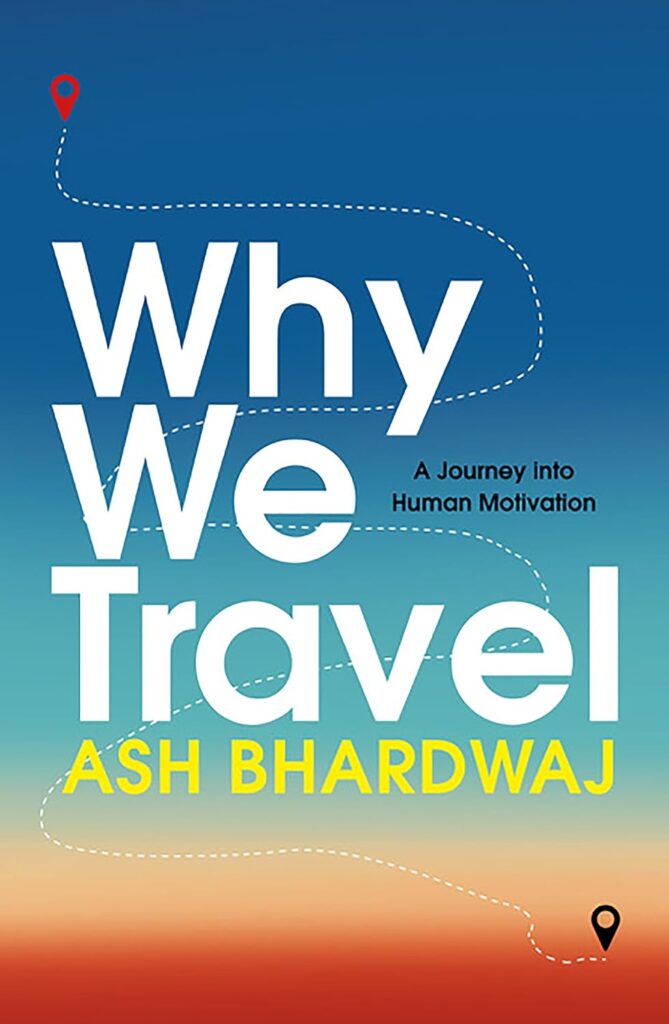It was a clear, moonless, night, and the light from nearby settlements was hidden by the crater rim. The stars were magnificent and, as my eyes adjusted, I could make out their colours. I could even see the dark outlines of interstellar dust against the Milky Way, whose dark shapes were important constellations to the Inca of South America.
As I lay in water heated by the geology of the Earth, looking at starlight that had travelled for millions of years to reach my eyes, my sense of self melted into the grandeur of nature. I was filled with peace and contentment as all my tasks and worries evaporated, replaced by an overwhelming sense of how tiny and temporary my existence was. I was experiencing ‘Awe’.
True awe is a rare and ineffable experience, but I can clearly recall some of the times that I have felt it: that night looking at the stars in Hokkaido; dancing at Glastonbury Festival; watching cremations on the ghats of Varanasi; encountering an elephant in the wilds of Uganda.
Professor Dacher Keltner has been studying awe for decades, and he describes it as ‘the feeling of being in the presence of something vast, that transcends your current understanding of the world.’
Professor Keltner’s work is rooted in psychological science’s move from ‘cognitive’ research (which looks at the human mind as a processor of information) to the study of emotions. Whilst most emotions enable the success of individuals, Keltner believes that awe helps us to go beyond our individual selves, to become a valuable part of collective communities. The context of awe varies across cultures and societies, but Keltner’s research identifies consistent sources. He calls them the ‘eight wonders of life’: moral beauty (the strength, courage and kindness of others); effervescence (collective movement in actions like dance and sport); nature; music; art and visual design; spirituality, religion and mystical encounters; encountering life and death; and big ideas, or epiphanies. Awe works by quieting our ‘default self’.
This is the self-conscious, cognitive part of our thinking, which pushes us towards individual goals and achievements, but which also leads to anxiety, depression and self-criticism. The author Aldous Huxley called it ‘the interfering neurotic who, in waking hours, tries to run the show’.
During awe, our ‘default self’ switches off, diminishing those negative feelings and leading to a transcendent state. The boundary between the wider world and our individual selves becomes thinner, and our ego dissolves.
In my experience, each of Keltner’s eight sources of awe has a unique flavour and effect: moral beauty in others fills me with admiration, and encourages me to act in the same way; dancing at a festival creates a sense of joy and fellowship, which makes it easier to bond with new friends; while encountering life and death fills me with fear, sadness and reverence, which makes me more appreciative of what I have. The awe of natural grandeur is of a different order entirely. It evokes a sense of overwhelming insignificance, changes how I feel about myself and the world around me. It makes me feel small, encourages me to care more about the natural world, and leads to a cognitive shift that puts my worries into perspective.

Excerpted from Why We Travel: A Journey into Human Motivation by Ash Bhardwaj. Published by Bedford Square on 11th April in hardback at £20.


